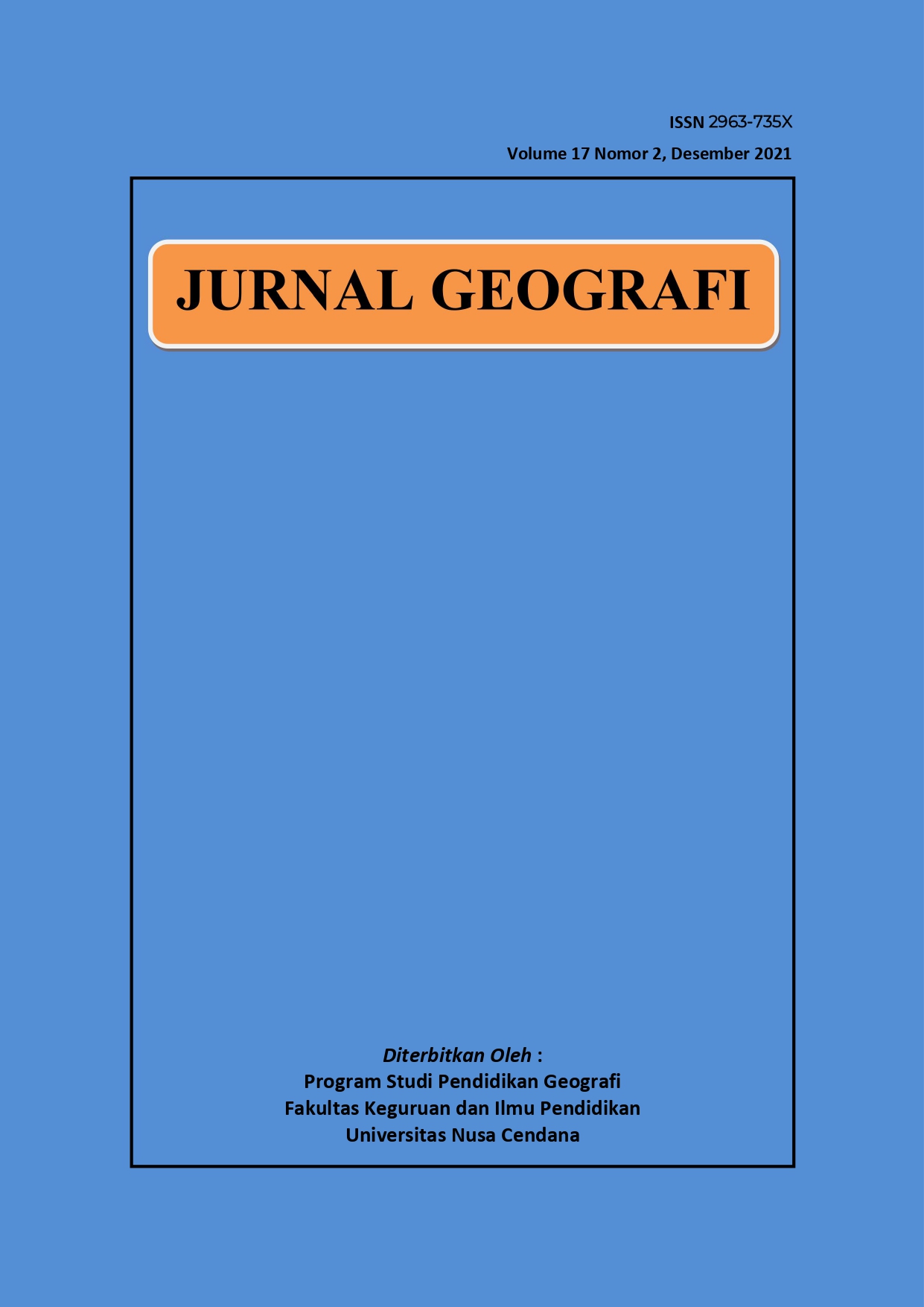SISTEM INFORMASI GEOGRAFIS PEMETAAN LOKASI TEMPAT PEMBUANGAN SAMPAH SEMENTARA (TPSS) MENGGUNAKAN METODE PROMETHE DI KOTA KUPANG
Abstract
The dynamics of urban population growth is not only caused by the increase in the birth rate, but is more dominantly influenced by the flow of urbanization, whose presence also influences the city's economy. The increasing population and professional variations will lead to intense competition so that changes in lifestyle will tend to be competitive between individuals and urban social groups. The characteristics of the society tend to be individualistic, materialist and consumptive, resulting in social disparities between groups of people which have an impact on horizontal conflicts. Per capita income tends to increase because the dynamics of the economy move more aggressively so that if combined with changes in consumptive patterns, urban communities will waste more than rural communities. This research aims to; [1] Analyzing the accuracy of the distribution of waste based on the distribution pattern of the source of the landfill, [2] Analyzing the suitability of the location of the TPSS bins in accordance with the distribution pattern of the source of the landfill and the ease of access for transportation by the waste fleet, and [3] Determining the strategic location of the placement of TPSS bins for convenience. access to waste transfer in Kelapa Lima District, Kupang City. The research is focused in Kelapa Lima sub-district with a mixed method analysis approach, supported by primary and secondary data. Nearest neighbor analysis or better known as nearest neighbor analysis requires data about the distance between one settlement and the closest settlement, namely the nearest neighboring settlement. This analysis, introduced by Clark and Evans, is a method of geographic quantitative analysis used to determine the pattern of settlement distribution. Good waste management is indicated by the lack of even leaving residual waste from the waste management process at the previous stage. This matter is conceptualized in the 3R (Reduce-Reuse-Recycle) strategy, which starts by regulating [holding] consumption patterns then maximizing the value of the object's function to the highest point of use before it no longer has value and finally if it can no longer be used the object [prospective trash] is recycled. repeat until you get a new benefit value. Such a strategy must continue to be campaigned on a massive scale to the point where it is possible that waste will be generated by every human being as the main source of waste and requires producers to be responsible for ensuring the quality of their products which are more adaptive to environmental conditions.

 Hamza Huri Wulakada(1*)
Hamza Huri Wulakada(1*)




